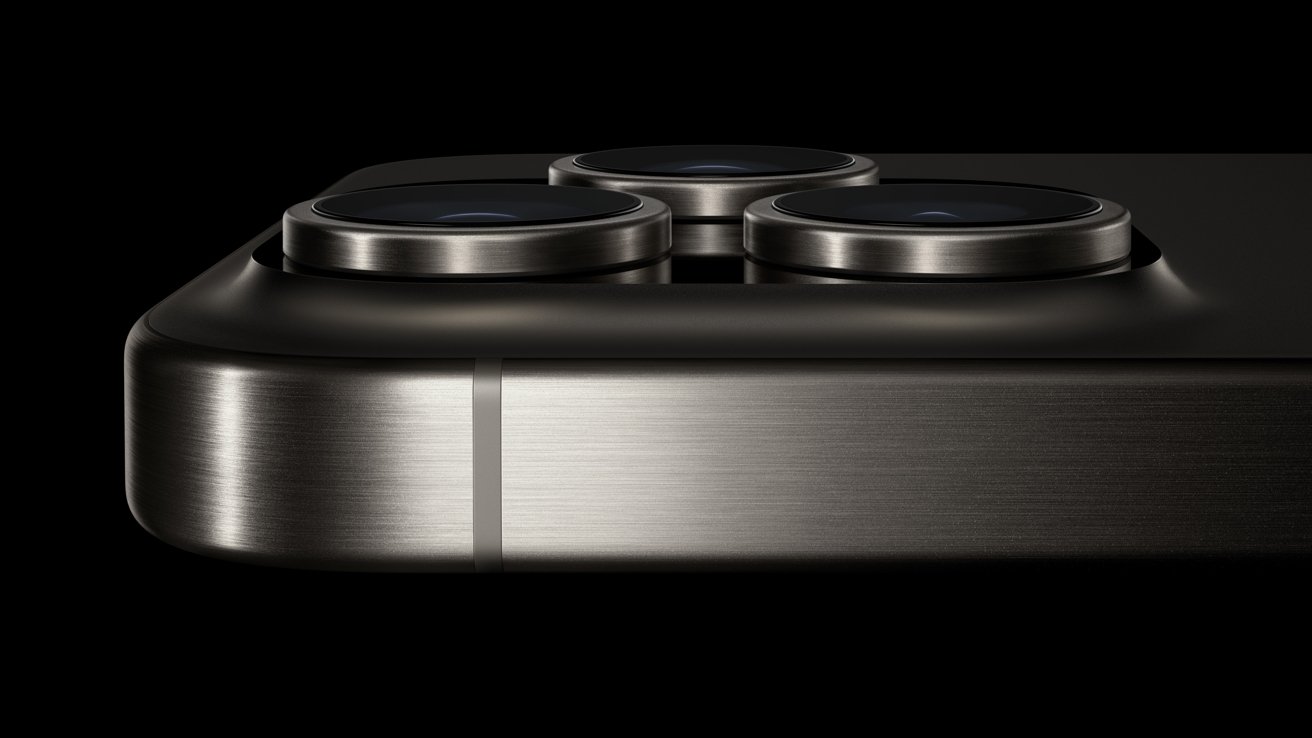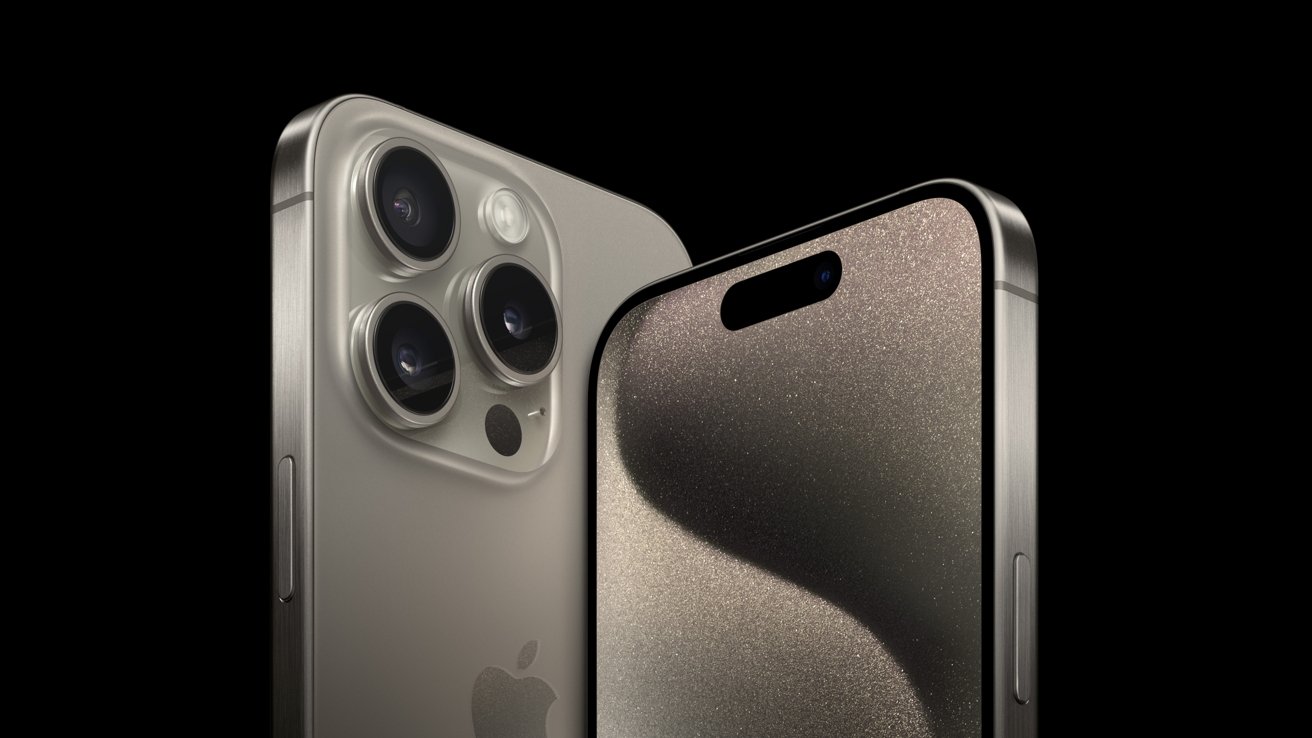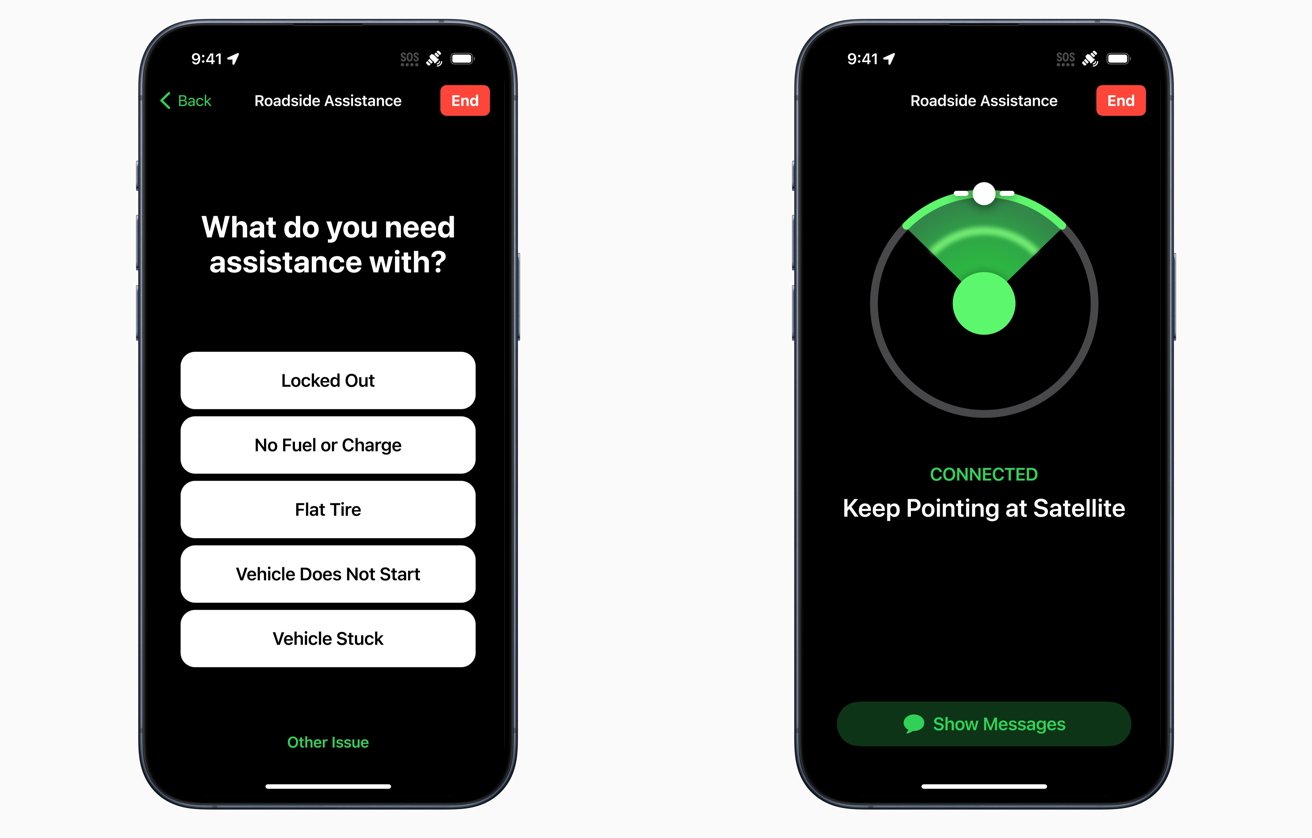After over a year of feature rumors, Apple has revealed its iPhone 15 Pro Max, its largest premium iPhone using the new A17 Pro chip, a new Tetraprism camera with 5x zoom, and more.
At Tuesday’s “Wonderlust” special event, Apple launched the iPhone 15 Pro Max. The bigger model of the two premium Pro editions for 2023, the iPhone 15 Pro Max, offers more than just a bigger screen and more performance.
The iPhone 15 Pro Max is mostly the same as the iPhone 15 Pro, except with a larger display. In this instance, it’s a 6.7-inch Super Retina XDR OLED always-on display.
The resolution of 2,796 by 1,290 and a pixel density of 460ppi return for the model, along with a 2 million to one contrast ratio, up to 1,000 nits of brightness for typical usage, 1,600 nits of peak brightness for HDR, and 2,000 nits for outdoor use.
The Dynamic Island is at the top of the display, with Apple reusing the notch replacement for another year.
The overall design of the iPhone 15 Pro Max hasn’t changed much, but the front and back glass now covers a Grade 5 titanium chassis. This helps reduce the weight of the iPhone while also making it stronger and enabling the thinnest borders ever.
The IP68 rating gives it water resistance to a depth of 6 meters for up to 30 minutes.
While there are curved and thinner bezels on show, most people’s attention will be on the now-removed mute switch, which has been replaced by a new Action button. This multi-function button can be used for various customizable features, such as acting as a camera shutter button.
The onboard A17 Pro is Apple’s fastest Apple Silicon mobile chip, the first using a 3-nanometer production process. It has six CPU cores, two performance cores that are 10% faster with improved branch prediction, and four high-efficiency cores.
The GPU is 20 percent faster, with a new 6-core design that boasts higher peak performance and energy efficiency. Hardware-accelerated ray tracing that’s four times faster than software equivalents is possible with the chip.
There’s a dedicated AV1 decoder, allowing for even more efficiency when viewing streaming video.
Tetraprism camera
The biggest change concerns the camera array on the back, which uses the traditional three sensors.
The 48-megapixel Main camera uses a new larger sensor to capture more light, with it also having a second-generation sensor-shift optical image stabilization system. It also now defaults to a 24-megapixel image.
Apple’s Telephoto lens uses a 12-megapixel sensor with optical image stabilization but with a new tetraprism lens system that is exclusive to the Pro Max model. The addition reflects the image to create more distance for the light to move before hitting the sensor than a usual flat-mounted camera and lens arrangement.
This trick allows Apple to significantly increase the optical zoom capabilities of the Telephoto lens, from a 3x optical zoom of the iPhone 14 Pro Max to a new 5x optical zoom, giving it a 120mm equivalent focal length. Digital zoom now goes up to 25x thanks to the new optical zoom.
The Ultra Wide is still a 12MP sensor but incorporates a Macro function. The back also has the usual LiDAR sensor, which uses depth mapping to help with focusing and for AR applications.
Video can be captured at 4K 60fps in Dolby Vision or 30fps in HDR Cinematic Mode. Video producers will be happy with the new high of ProRes video at 4K 60 with external recording support, log video recording,m and support for the Academy Color Encoding System.
The TrueDepth camera returns with a 12MP sensor and f/1.9 aperture, 4K 60 Dolby Vision video, and many of the features iPhone users will be familiar with already.
Roadside Assistance via Satellite and USB-C
Expanding on top of Emergency SOS via Satellite, Apple is introducing Roadside Assistance via Satellite. Operating similarly to the Emergency SOS version, a message can be sent from an iPhone to get assistance, with AAA the first service to use it in the United States.
Ultra Wideband is enhanced with a second-gen chip, enabling users to find each other using the existing range and direction-finding feature.
As widely rumored before the event, Apple has added USB-C to the iPhone 15 Pro Max, replacing Lightning and offering 20 times the connectivity speed. The change also introduces the ability to recharge an AirPods charging case using the iPhone’s battery for the first time.
Battery life for the Pro Max runs to 29 hours of local video playback, 25 hours for streamed video, and 95 hours for audio playback. Recharging via Qi and Magsafe is available, with a fast charge enabling a 50% charge in about 30 minutes with a 20-watt adapter.
The Pro range has a dedicated USB-C controller onboard to help speed up transfer speeds.
The iPhone 15 Pro Max will start from $1,199 and ship with 256GB of storage capacity. Available in four colors, including black titanium, white titanium, blue titanium, and natural titanium, pre-orders will start on September 15 and ship on September 22.









